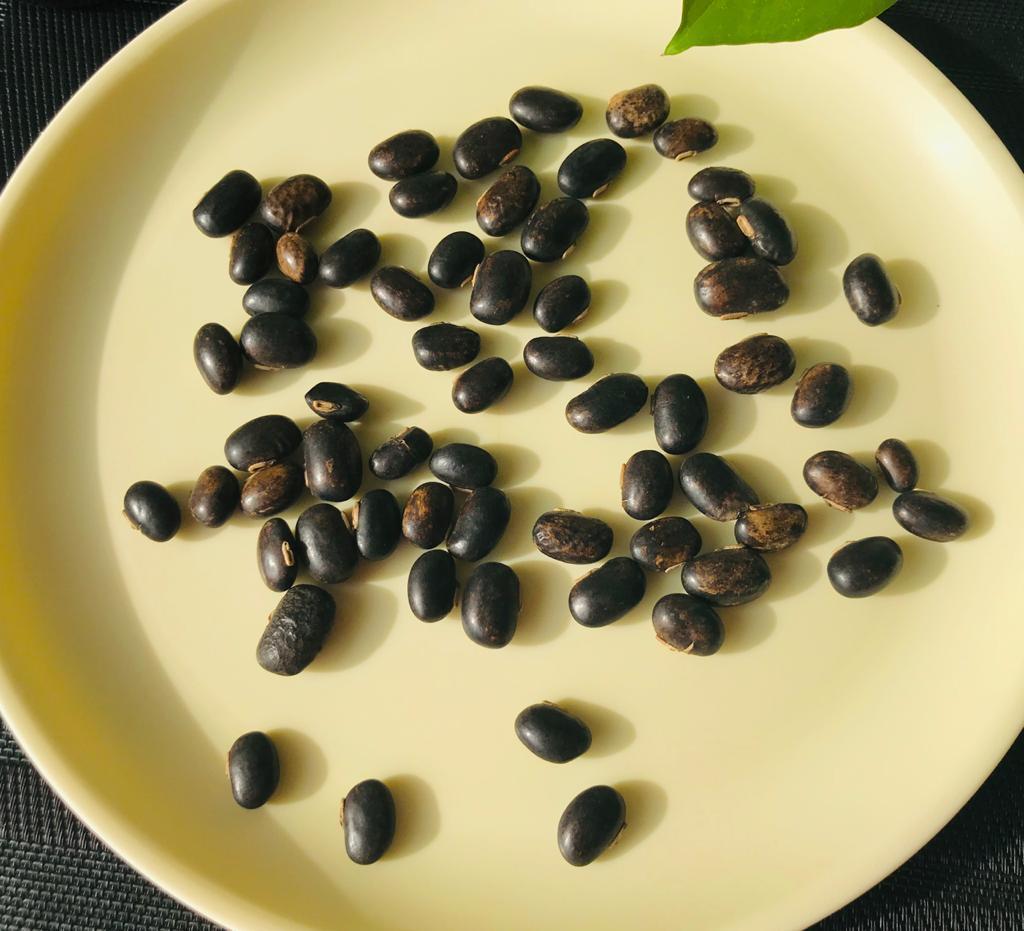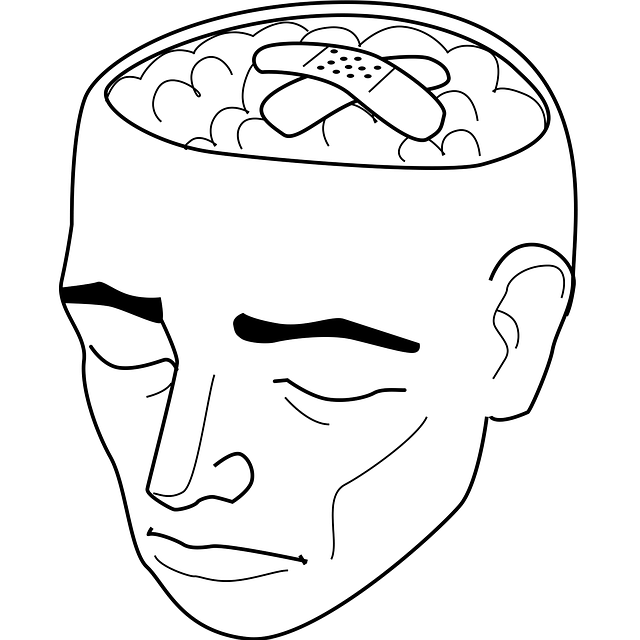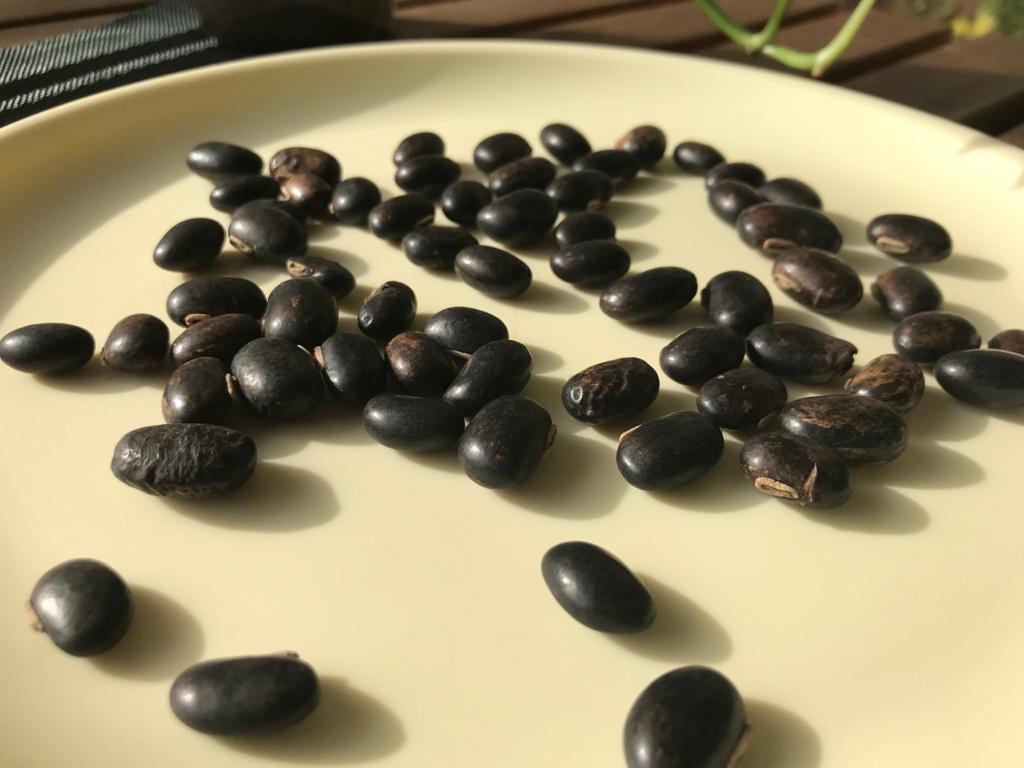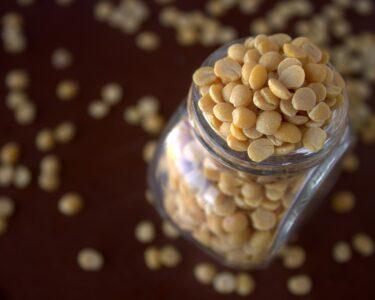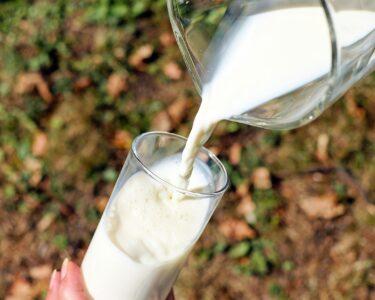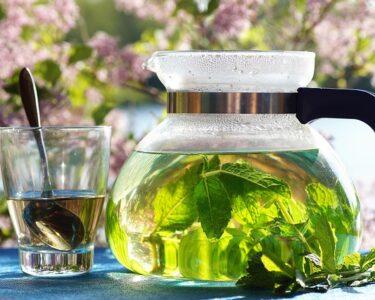Velvet Bean/Mucuna Pruriens is an under-utilized tropical legume and possesses immense nutritional quality. They are also popularly known as Kapikachu and Kaunch ke beej. Like Conventional legumes, they are a rich source of proteins, lipids, minerals, and other nutrients. Velvet beans are popularly used as feed for Poultry, Fish, and Cattles. In recent times, Velvet beans have gained popularity due to their immense medicinal properties. Many health benefits are associated with Velvet Beans. It is widely used in Ayurveda and other medicine systems all over the world. Unfortunately, very little and conflicting information is available about velvet beans. This article will help you understand the nutritional potential of velvet beans.
What is Velvet Bean/ Kaunch ke beej?
Velvet Bean is an annual climbing vine that grows in tropical regions of Africa, India, China, and the West Indies. This plant produces a cluster of pods that contains seeds called Velvet Bean/Mucuna Bean. The seed pods are covered with red-orange hair, which irritates skin if touched with bare hands. It is a must to touch them with gloves to avoid itching.
The scientific name of Velvet Bean is Mucuna Pruriens, belonging to the family Fabaceae along with other beans and peas. Velvet Beans Come in Shiny Black and Creamy White color varieties.
Various Names –
English Name: Velvet Bean, Bengal Velvet Bean, Lacuna Bean, Itchy Bean, Cowitch, and Monkey Tamarind.
Hindi Name: Kiwach, Kaunch ke beej, Baikhujani.
Telugu Name : Duradagondi,
Bengali Name : Alkoshi, Alkusa and Bichchoti.
Tamil Name : Amundari, Arugrattam, Kozhiavarai, Poonaikali.
Marathi Name : Kawachha, Kanchkuri
Gujarati Name : Kivanch,Kavatch , Kandchan
Kannada : Nasugunni
Malyalam : Naikorna
Oriya : Alokushi, Morkotmado
Punjabi : Gunchgali
Sanskrit: Atmagupta and Kapikachhu.
As Velvet Bean has a regional name in all Indian languages, we can say it is a local bean of India, which was part of Indian diet but slowly got forgotten.
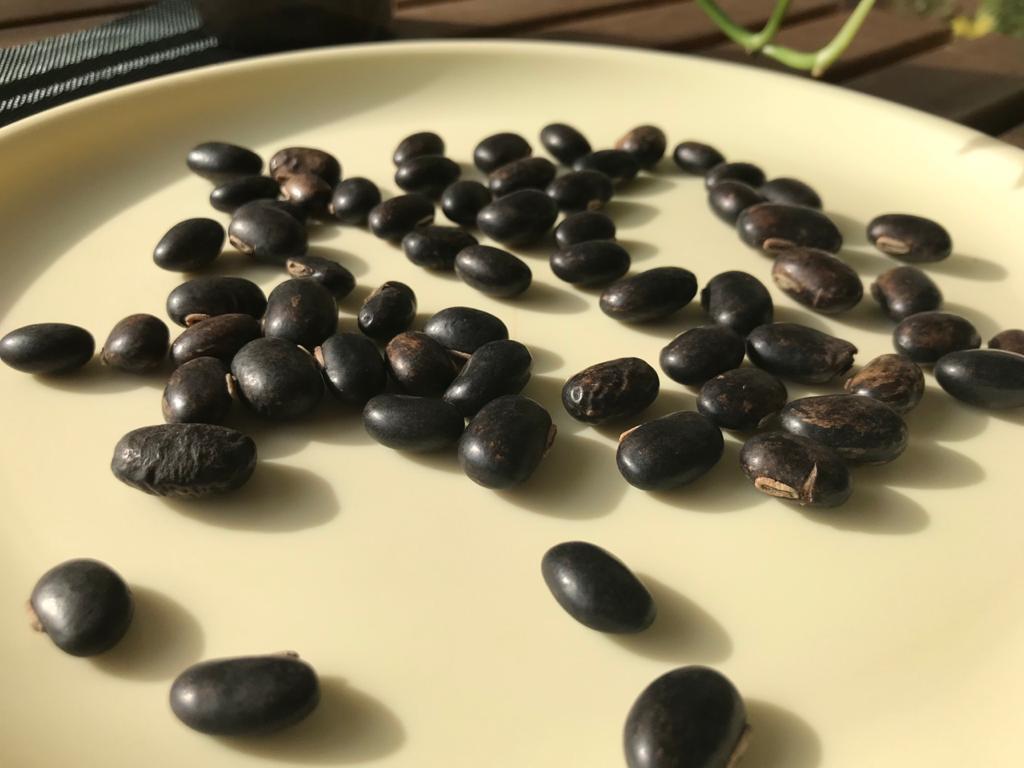
Cultivation Of Velvet Beans/Kaunch ke beej in India
Velvet beans are mostly cultivated at the Foothills of the Himalayas, Punjab, Madhya Pradesh, Andhra Pradesh, Tamilnadu, and Assam. It is ready for harvest within 170- 180 days. It can withstand drought and require minimal irrigation for cultivation. The plant produces several pods that look similar to tamarind or pea pod. The pods are carefully processed to remove the seeds from it. The mature dry seeds of this pulse are eaten following the method of continuous boiling and draining for about 8 hours till the boiled water changes from black to milky white. This crop also fixes nitrogen in the soil making the land more fertile for the next crop.
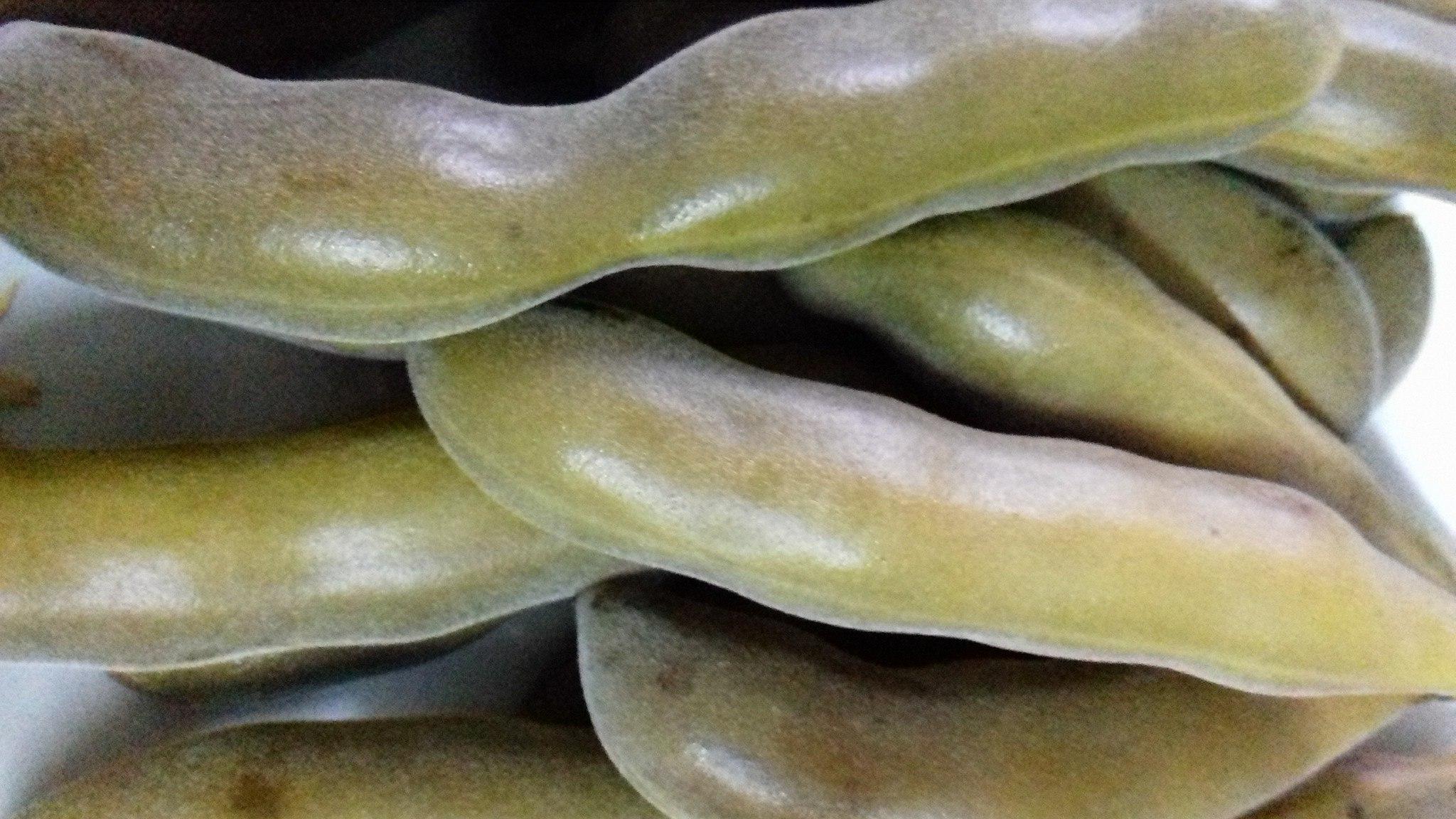
Nutritional Value Of Velvet Beans/Kaunch ke beej
1. Proximate Composition Of Macronutrients (%/ 100 grams of edible velvet beans/Mucuna Prureins)
|
Carbohydrate |
52.56% |
|
Crude Protein |
31.44% |
|
Crude Lipid(fats) |
6.73% |
|
Crude Fibre |
5.16% |
2. Mineral Composition of seeds of Velvet Beans Plant (mg/100 grams of velvet beans)
|
Mineral |
Velvet Beans (White) |
Velvet Beans (Black) |
| Sodium | 12.70 mg | 25.70 mg |
| Potassium | 1575 mg | 1343 mg |
| Calcium | 87.80 mg | 104 mg |
| Phosphorous | 499mg | 376mg |
| Magnesium | 120 mg | 109 mg |
| Iron | 5.79 mg | 7.47mg |
| Zinc | 5.26 mg | 12.20 mg |
3. Phytochemistry
Apart from macronutrients and minerals, Velvet Beans, are rich in 60 major phytochemicals belonging to various groups. L-Dopa, 5- hydroxytryptamine, 3 – carboy 6,7- dihydroxy 1,2,3,4 tetrahydroisoquinoline, 6 methoxy Harman, beta sistosterol, Nicotine are some of the major phytonutrients present in Velvet Beans. These Phytochemicals make the immune system strong, regulate hormones, Protect cells from DNA damage, Slow down the growth of Cancer Cells.
Reference : Agrobotanical, Nutritional, Bioactive Potential of Unconventional Legume Mucuna , Janardhan & Rajaram .etal, 2006.
Health Benefits Of Velvet Beans/Mucuna Pruriens
1. Anti – Parkinson’s Effect
The most significant Phytonutrient in Velvet Bean is an amino acid called Levodopa (L-Dopa). L- Dopa is the precursor to dopamine and crosses the blood-brain barrier to increase dopamine neurotransmission. The right amount of Dopamine is required for alertness, Focus, Motivation, and Happiness. Along with other neurotransmitters serotonin and Adrenaline, Dopamine is involved in many functions in our body like Motor Control, mood, Sleep, Stress response, Memory, Blood flow, and digestion.
Parkinson’s Disease (PD) is a nervous system disorder caused by the deficiency of Dopamine. Parkinson’s Disease is characterized by muscle rigidity, tremor, and slowing of physical movement.
Conventional drugs for Parkinson’s disease are unable to cross the blood-brain barrier but velvet bean supplements can cross the barrier and boost dopamine levels. Research has shown that Velvet Beans boost dopamine levels in patients suffering from Parkinson’s disease. It has also shown the antidepressant effect in the patients. Dopamine along with serotonin and Adrenaline is very beneficial to reduce Parkinson’s disease symptoms. Always discuss with neuro physician before including these beans in the diet of the PD patient. Do not stop your medications prescribed by the doctor.
Even a healthy person can consume this to maintain a healthy and productive mind.
2) Anti Tumour Effect
Research has shown that methanol extracts of velvet beans reduce the tumor volume in Ehrlich ascitic carcinoma bearing swiss albino mice. It has improved survival time in treated animals. Blood studies show that Hemoglobin content is restored to normal values. Regular consumption of Velvet bean has been shown to decrease the lipid peroxidation levels and increase glutathione, superoxide dismutase, and Catalase. All these three forms a strong antioxidant system that protects our cells from free radical attack and prevents cancer. Those who are suffering from Cancer can include these beans to slow down the growth of cancer cells.
3) Healthy Reproductive System
In Ayurveda, extracts of Velvet Beans are given to improve every aspect of reproductive tissue (Shukra – dhatu). Reproductive tonics are made from Velvet beans for both men and women. It is considered to be an Aphrodisiac and supports normal fertility, healthy sperm & Ova.
In Unani medicines, powdered velvet beans are widely used to treat Male sexual Dysfunction. Treatment with velvet bean concentrates has been shown to improve sperm count and sperm motility.
Low Testosterone, High Follicle Stimulating Hormone (FSH), and High Prolactin are linked with low fertility. Consumption of velvet beans has been shown to reduce FSH and Prolactin by boosting Dopamine levels. This in turn improves fertility in Women. It also boosts the testosterone hormone which is very important for Sperm Production in Men.
4) Anti Microbial & Anti Protozoal Activity
The methanolic extracts of Velvet beans have shown Anti Protozoal effects on Goldfish infected with Itchyphthirius multifiliis. It also shows antibacterial effects on both gram-positive and gram-negative bacteria. It shows a broad-spectrum antibacterial effect on various bacterial strains. The phenol contents could be the reason for the antimicrobial activity. Further cell-based studies have to be conducted to draw more conclusions on the same.

5) Anti Venom Properties
Seeds of Velvet beans are used in traditional medicines in West Africa to treat Snake Bites. Velvet Bean extracts by traditional healers as a pre-treatment for snake bites. It is said that treating the person with these extracts will protect them from Snake Venom for at least one year if the person accidentally has a snake bite.
One study shows that Velvet Bean protected heart-damaging effects in rats from Cobra Venom. In another study, it shows that velvet bean extracts have triggered the production of antiques against Viper Venom.
Velvet Bean has sugar-bound proteins that are similar to snake venom proteins and trigger antibody production. These antibodies cross-react with actual venom proteins when it comes in contact. This slows down the poisoning of the whole body.
More clinical studies are being conducted to back up this point.
How to take Velvet Bean/Kaunch ke beej?
1. Powder Form
Velvet Bean can be roasted and ground into powder form. It can be stored in an airtight glass or steel Container. Keep it in a dry place.
Powder velvet beans can be consumed along with warm milk and warm water. It can also be added to regular chapati dough along with wheat. It can also be added along with other ingredients for making buns and bread.
2. Whole Bean
The whole velvet bean can be made as Curry. It can be added in Dals and Pulao as well. Always remember to wash the beans thoroughly and soak for 10-12 hours before cooking. Keep changing the water while soaking and discard the water before cooking them.
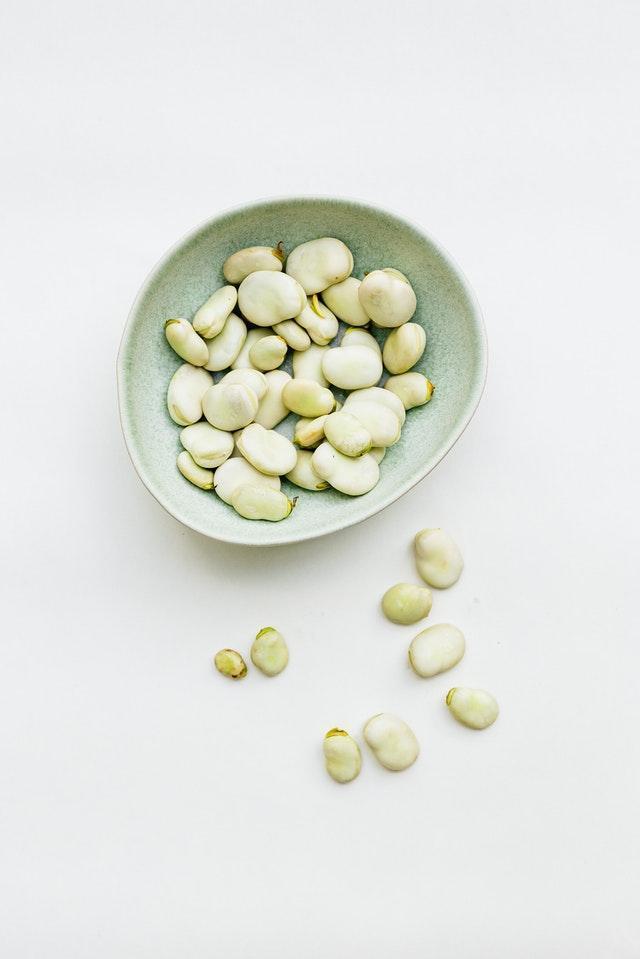
3. Capsules and Supplements
Velvet Bean Capsules and supplements are available in the market and E-Commerce platforms. Always consult a Physician or qualified nutritionist or Registered Ayurvedic Practitioner before taking velvet beans as supplements.
How much Velvet Bean/Kaunch ke beej is safe to be consumed?
15- 20 grams of Velvet Bean can be consumed once or twice a week by a healthy adult (above 18 years). Start with 5 grams per day to check the tolerance and if it is well-tolerated slowly increase the quantity.
Always remember to add varieties to your diet. Depending on a single velvet bean will not help to fix all the health issues. Practice a balanced, regional, and seasonal diet along with regular physical workouts, Proper sleep, Stress Management, and Good Hydration to have a happy healthy life.
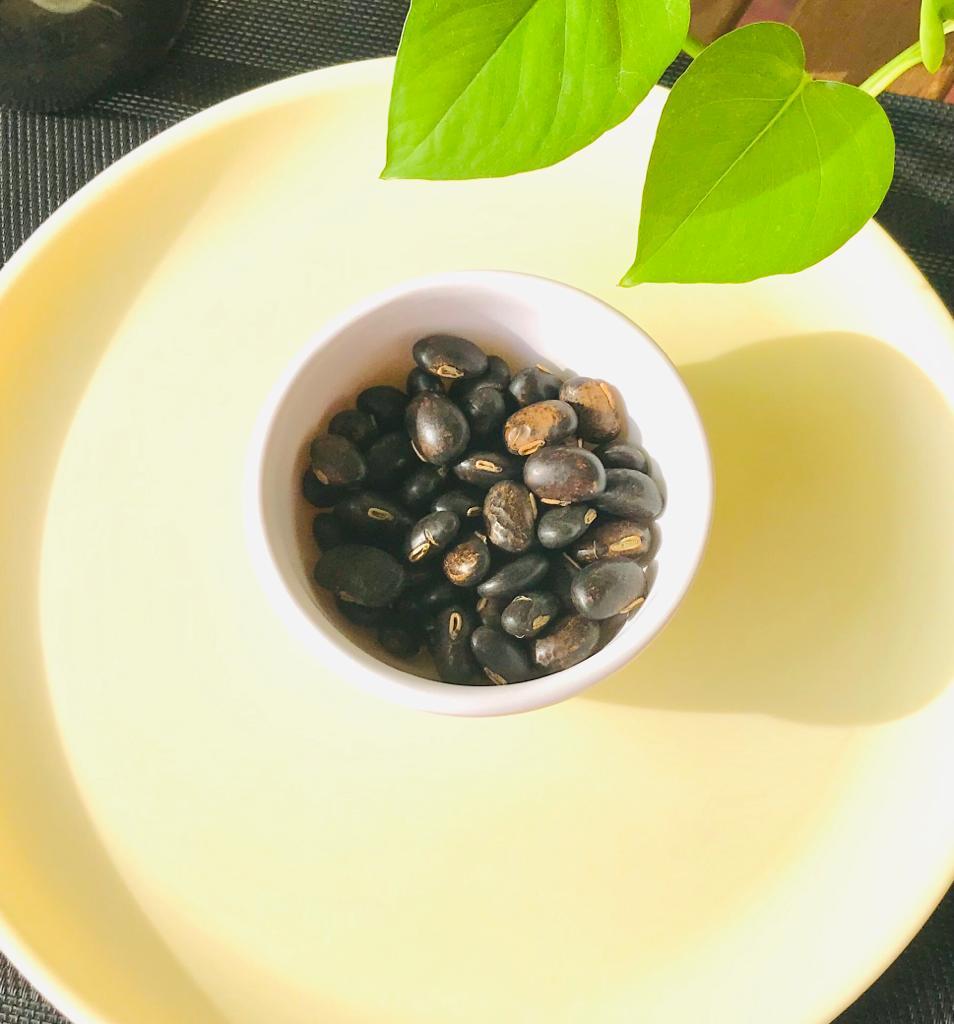
Side effects of Velvet Bean/Mucuna Pruriens
- Overconsumption of Velvet Beans can cause an increased level of L-Dopa and in turn excessive Dopamine production. Increased Dopamine levels can cause hallucinations, delusions, and mania. It can also cause obesity and schizophrenia.
- Anti nutrients like tannins, phenols, protease inhibitors are present in this bean.It is very important to wash the beans thoroughly, soak for 10-12 hours, Boil before cooking to limit the anti nutrients. If you are making the powder then Soak, Sun dry for few hours and roast them before grinding.
Who can consume Velvet Beans/Kaunch ke beej?
- Patients suffering from Parkinson’s Disease.
- Cancer Patients.
- People struggling with fertility issues.
- People suffering from Diabetes, Hypothyroid, Blood Pressure, and High Cholesterol.
- People who want to improve their protein intake.
If you want to try velvet bean as a supplement to treat an ailment or boost fertility consult a Registered dietitian, Registered Ayurvedic Practitioner, and Physician to know the exact dosage to improve the condition.
Who cannot consume Velvet Beans/Kaunch ke beej?
- Patients suffering from Glaucoma, Psychosis, Neuropathy, Arrhythmia, and chronic stomach Ulcers must avoid velvet beans.
- Safety of Velvet Beans is not yet known for pregnant, lactating women and kids. It must be avoided in all the above three cases.
- If you are using medication for diabetes, Parkinson’s, Hypothyroid, and blood pressure consult your physician before including these beans.
- People suffering from Liver Disease must avoid Velvet Beans.
- L-Dopa can increase Melanin pigment production, So Melanoma ( Skin cancer) Patients must avoid Velvet Bean.
- Velvet Bean must be avoided pre and post-surgery. Discuss with your surgeon before stopping and starting velvet bean.
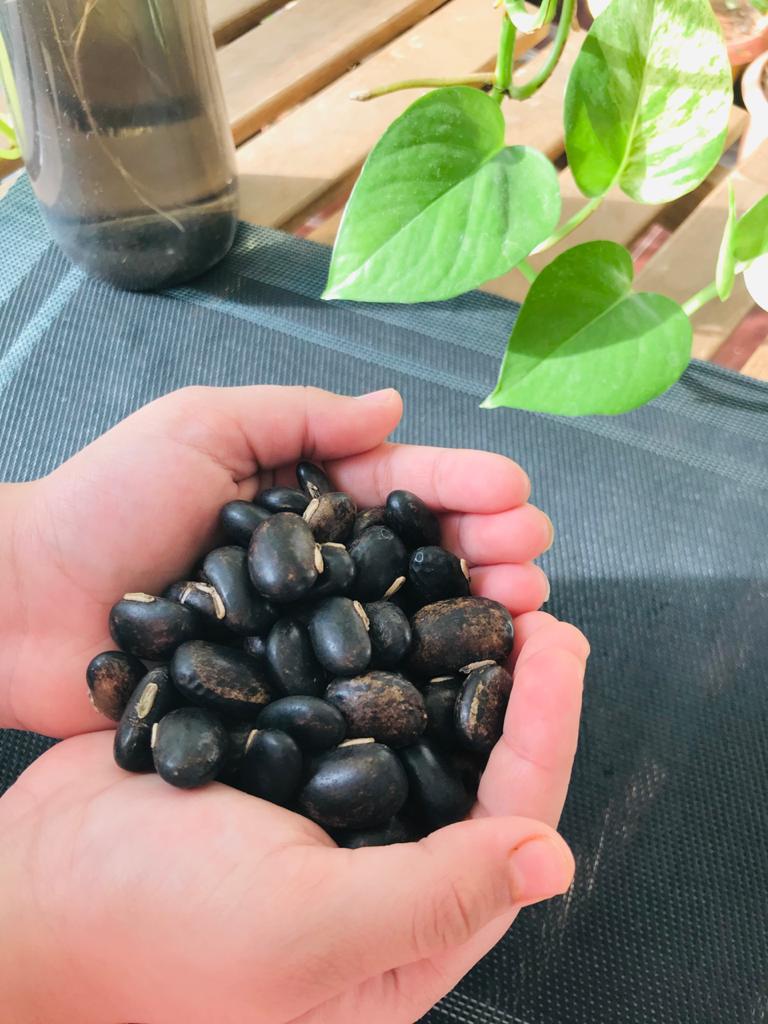
Want to buy velvet beans/Kaunch beej powder?
Interesting Indian Recipes of velvet Beans/Kaunch ke beej
1. Nutri Coffee
Ingredients: 1 pound of Velvet Bean, 1 teaspoon Jaggery or palm sugar, 1 cinnamon stick.
Method :
- Wash the bean thoroughly and Sun dry them for few hours.
- Once the beans are dried roast them in Iron Skillet until it becomes dark in color.
- Once it cools down, grind it along with jaggery and cinnamon stick.
- Store it in an airtight container.
- To prepare coffee, bring one cup of water to boil. Then add 1 teaspoon of the powder. Mix well and consume.
- You can add this to one glass of warm milk as well.

2. Velvet Bean Laddoo
Ingredients: Dates – 6, soaked Cashews – 6, half cup Oats, quarter teaspoon Himalayan salt, half teaspoon Vanilla Extract, and 4 teaspoons of Velvet bean powder.
Method :
- Grind all the ingredients well.
- Take the grounded mix on a plate.
- Make small balls from the mix.
- Store the balls in an airtight container and store them in a dry place.
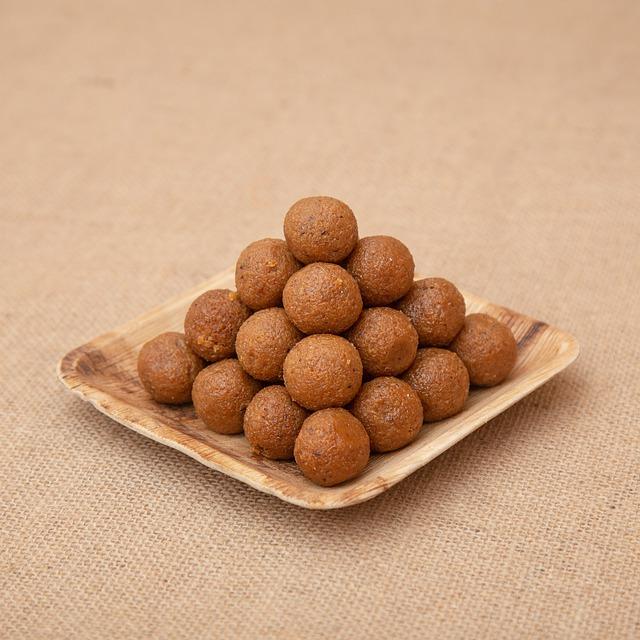
3. Velvet Bean Curry
Ingredients: Velvet Beans ( 250 grams), Onion – 1, Garlic – 4 cloves, Green Chillies – 4, Curry Leaves – 1 fig, Salt, Turmeric and red Chilli powder, Coconut milk – 1 cup, Oil – 2 teaspoons, Coriander/Mint leaves.
Method :
- Boil the soaked velvet beans with some salt and turmeric. Once they become soft, stop boiling and keep them aside.
- In a thick bottom, pan adds oil, once it gets hot add grated ginger, chopped onion, green chilies, curry leaves and fry them until it becomes tender.
- Add boiled Beans, dry spices and close the lid.
- After 5 minutes add coconut milk and close the lid.
- Garnish with fresh coriander and mint leaves.
- Serve hot with Rice or Roti.
Conclusion
Velvet Bean/Mucuna Pruriens/ Kapikachu/ kaunch ke Beej is an underutilized Indian legume with immense health benefits. They are extremely nutritious in terms of macronutrients, minerals, and phytochemicals. The key component of velvet beans is L-Dopa and plays an important role in treating Parkinson’s disease. It also boosts fertility and slows down cancer cell growth. It can be taken in Powder, whole bean, or capsule forms. The Velvet Bean is easily available in the market and E-commerce platforms with a price of 160 INR for 100 grams. Always consult Physician, Registered Ayurvedic Practitioner, or Qualified Dietitian before adding them to your diet.
References
(Retrieved on 24/11/2020)
- https://www.researchgate.net/publication/265915246_Agrobotanical_nutritional_and_bioactive_potential_of_unconventional_legume_-Mucuna
- https://pubmed.ncbi.nlm.nih.gov/15858373/
- https://www.ncbi.nlm.nih.gov/pmc/articles/PMC489215/
- https://pubmed.ncbi.nlm.nih.gov/20570206/
- https://www.ncbi.nlm.nih.gov/pmc/articles/PMC1738871/
- https://pubmed.ncbi.nlm.nih.gov/18973898/
- https://www.ncbi.nlm.nih.gov/pmc/articles/PMC4213977/
- https://www.ncbi.nlm.nih.gov/pmc/articles/PMC3942911/
- https://www.ncbi.nlm.nih.gov/pmc/articles/PMC4900281/
- https://www.researchgate.net/publication/215505990_Evaluation_Of_Antimicrobial_Activity_Of_Mucuna_Pruriens_On_Plant_Pathogens

